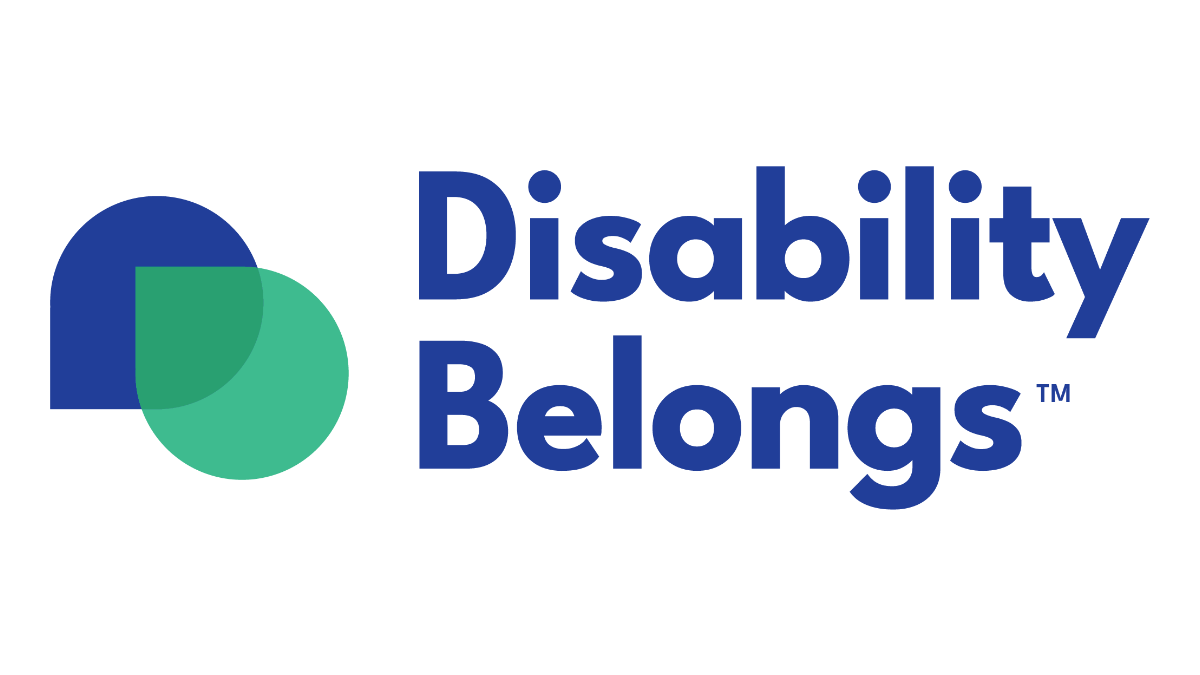Every day, millions of people across the United States rely on long-term services and supports (LTSS) to lead full and independent lives. These supports—ranging from in-home caregiving and personal attendant services to assistive technology and transportation—are not about comfort or convenience. They are about dignity, inclusion, access, and human rights.
Conversations about LTSS often focus narrowly on aging, yet more than half of Medicaid LTSS users are under the age of 65 and live with disabilities. This includes children with developmental disabilities, adults with spinal cord injuries, working professionals managing chronic conditions, and countless others navigating systems not built with them in mind.
As demand for LTSS grows, people with disabilities must be at the center of every conversation—across funding, program design, delivery, and reform—to build a system that is equitable, inclusive, and sustainable.
Funding: Medicaid is the sole pillar of financial support for LTSS
Long-term services and supports are primarily funded through Medicaid, which has strict income and asset limits. As a result, many people with disabilities must remain in poverty to retain life-sustaining services, making it nearly impossible to work full-time, save for the future, or achieve financial security.
Private long-term care insurance is not a practical solution either. High costs, rising premiums, and pre-existing condition exclusions make it inaccessible to many, especially those with early-onset or lifelong disabilities.
Reforms must prioritize flexibility, financial security, and inclusion—ensuring that people are not penalized for wanting to work or plan for their future.
Workforce: Caregiver Shortage
Today’s direct care workforce—home health workers, personal care aides, and others face consistent challenges, including low wages, limited benefits, and high turnover rates. These conditions contribute to severe workforce shortages and long wait times for services.
Access: Barriers to Community Living
Despite legal protections and decades of advocacy, many people with disabilities still face long wait times or lack access to Home and Community-Based Services (HCBS). A 2023 analysis by the Kaiser Family Foundation (KFF) found that over 692,000 individuals were on waiting lists for Medicaid Home and Community-Based Services (HCBS), with the majority being individuals with intellectual or developmental disabilities. According to the National Council on Disability, wait times can span years.
Geography: Uneven Access Across States
Where someone lives can significantly impact their access to care. Federal Medicaid regulations require states to cover institutional care, but covering HCBS is optional. Additionally, state policies and investments can also influence the quality and accessibility of long-term services and supports. The AARP LTSS State Scorecard, which evaluates states based on their effectiveness in delivering LTSS, reveals the disparities in how states perform. For instance, Minnesota and Washington rank among the top states, while others like Alabama and West Virginia lag behind.
What’s Needed: Disability-Centered Reform
To achieve a truly inclusive LTSS system, we must advance the following priorities:
1) Collaboration Across Sectors
Independence depends on more than services. It requires accessible housing, reliable transportation, responsive healthcare, and opportunities for social connection. We must integrate LTSS policies across sectors to ensure that people are not living in accessible isolation—receiving care but unable to leave their homes to visit family, vote, or otherwise participate in community life.
2) Economic Justice and Employment Equity
Medicaid’s income and asset limits trap many people with disabilities in poverty by making work and saving risky. Expanding Medicaid Buy-In programs, ending outdated asset tests, and integrating supported employment into LTSS can promote financial independence. At the same time, family caregivers—mostly women of color—are leaving the workforce due to a lack of paid leave and support. LTSS reform must include paid leave, cash assistance, and flexible jobs to sustain caregivers and advance equity.
3) Timely Access to HCBS
The Olmstead v. L.C. Supreme Court decision affirmed that people with disabilities have the right to live in the most integrated setting appropriate to their needs. However, today, long waitlists, staffing shortages, and limited HCBS options undermine that promise.
Policymakers must end Medicaid’s institutional bias and make community-based services a guaranteed right, not an optional benefit.
Sustainability and Access is the Goal
LTSS are essential for the dignity, independence, and inclusion of people with disabilities. To build an equitable and sustainable LTSS system, we must prioritize disability-centered reforms that promote financial security, community integration, and timely access to services. By aligning policy initiatives with the lived experiences of individuals with disabilities, we can create a more inclusive society where everyone can thrive.
Access to long-term services and supports is deeply tied to broader disability policy systems. For many, qualifying for Supplemental Security Income (SSI) is the gateway to Medicaid—and with it, to critical LTSS. However, the Social Security Administration (SSA), which administers programs like SSI and Social Security Disability Insurance (SSDI), is facing significant challenges due to proposed budget cuts and staffing reductions.
These cuts could result in longer wait times, loss of benefits, and reduced access to services—making it even harder for people with disabilities to secure the supports they need to live independently.
Take action to protect LTSS access: urge Congress to protect Social Security and oppose any legislation that would cut funding or reduce the workforce of the SSA.







